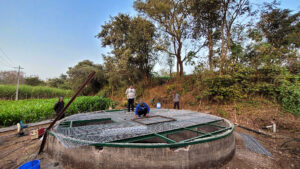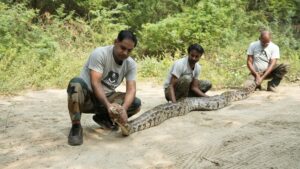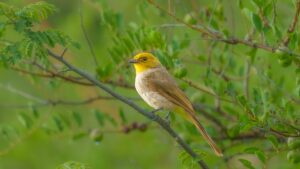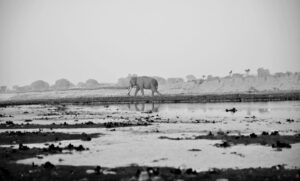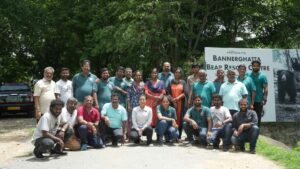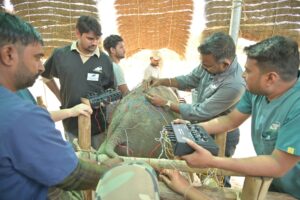In 2025, India has achieved a historic milestone by entering the top 100 countries in the Sustainable Development Goals (SDG) Index for the first time, securing the 99th position with an impressive score of 67 out of 100. This steady rise from 109th in 2024 reflects India’s growing commitment in tackling global challenges like poverty, hunger, climate change, and biodiversity loss through coordinated action. Behind this achievement are countless organisations and communities weaving conservation and sustainable development into their daily work, driving meaningful change from the ground up.
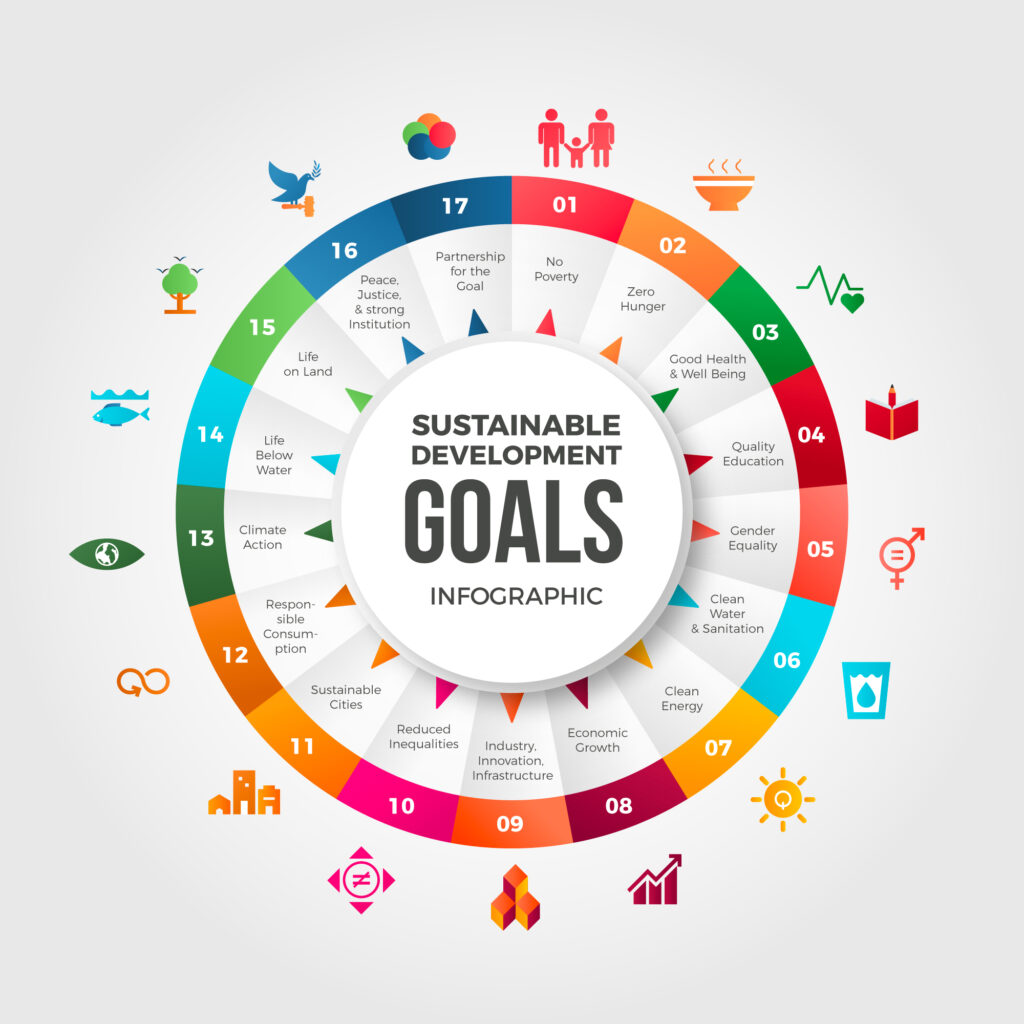
Since 1995, Wildlife SOS has operated on a simple yet powerful belief: wildlife conservation cannot succeed without addressing human communities. Recognising that wildlife exploitation often stems from poverty, lack of opportunities, and deep-rooted traditions, Wildlife SOS has pioneered a holistic model that tackles animal welfare, habitat conservation, community empowerment, and sustainable development simultaneously.
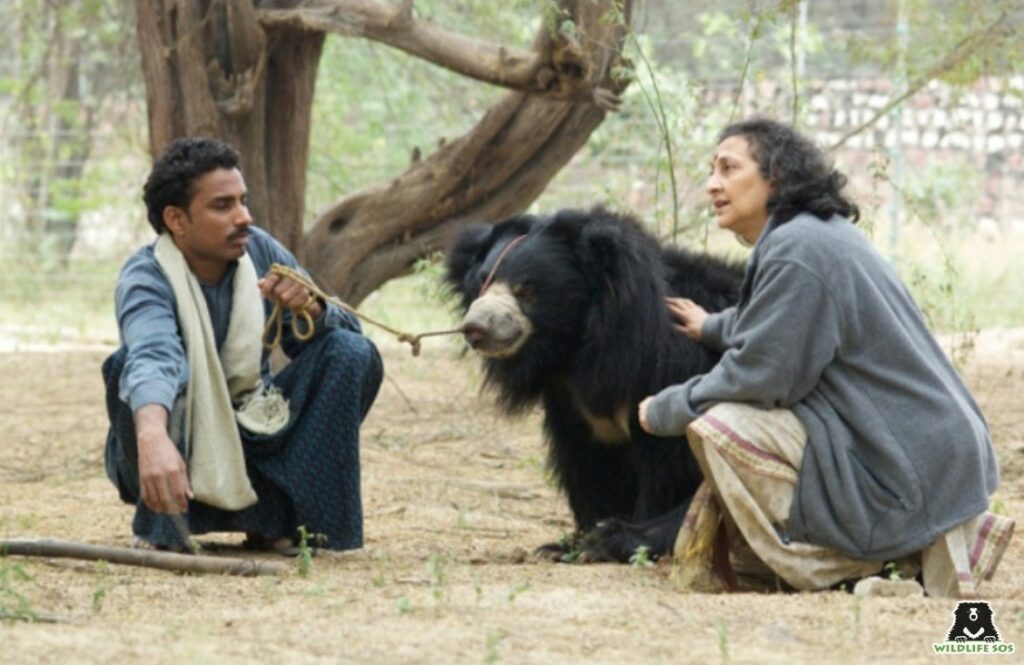
Building on this foundation, Wildlife SOS’s work shows how one intervention can touch multiple SDGs at once. From poverty alleviation and education to gender equality and sustainability, the organisation integrates these goals into its conservation efforts, proving that protecting wildlife can also uplift communities. Let’s take a closer look at how these goals are being addressed by Wildlife SOS:
SDG 1: ‘No Poverty’
Breaking Centuries-Old Cycles of Exploitation
Wildlife SOS’s contribution towards this goal was most evident in the ‘Dancing’ Bear Project, where the Kalandar community, a nomadic group that for centuries depended on exploiting sloth bears for street performances, was guided towards promising opportunities for a brighter future. Vocational training, seed funding, and alternative income support have empowered former bear handlers and poachers to establish small businesses and join the conservation workforce.
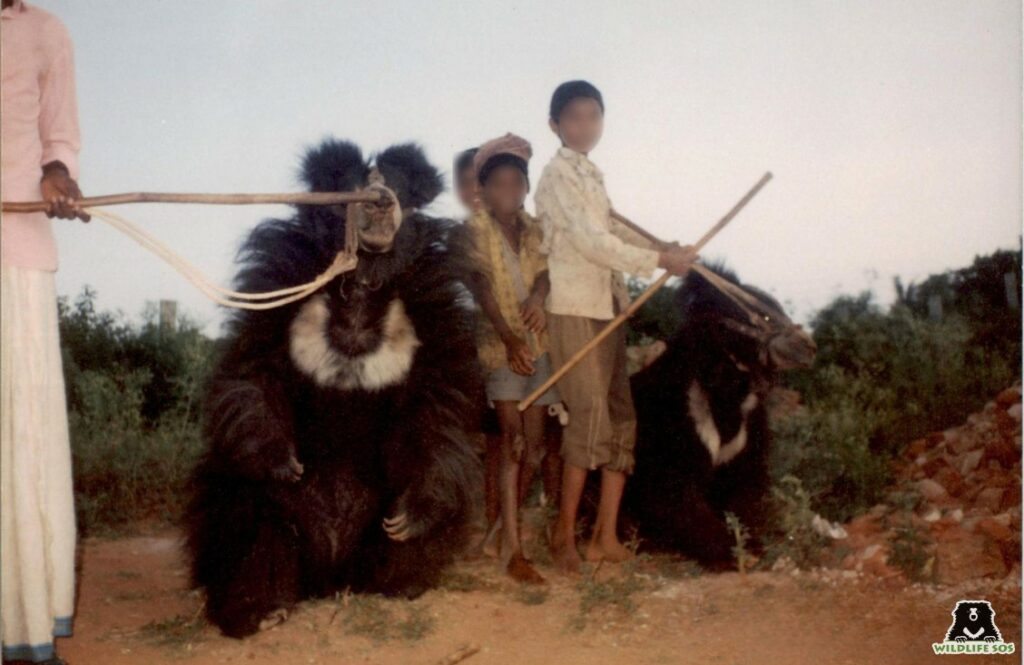
Wildlife SOS has also provided sustainable livelihood opportunities for the Sapera or snake charming community, mahouts of elephants, and poachers — converting them from agents of exploitation to knowledge banks of the very animals that were being misused. By imparting awareness, snake charmers are now active helpers in reptile rescues, mahouts are now gentle caregivers, and poachers have become key informants of operations that are illegally taking place, helping out our anti-poaching Forest Watch team conduct raids and seize smuggled wildlife. Remarkably, many of Wildlife SOS’s current staff come from a past like this as well, illustrating how the organisation has successfully turned lawbreakers to wildlife protectors.
The Story of the Kalandar Tribe
SDG 2: ‘Zero Hunger’
Nourishment Beyond Survival
‘Zero Hunger’ for Wildlife SOS extends to the animals under their care. At the Agra Bear Rescue Facility, world’s largest sloth bear facility in Uttar Pradesh and the Bannerughatta Bear Rescue Centre in Karnataka, the second largest of its kind, tonnes of nutritious porridge are prepared daily to ensure balanced diets rich in protein, vitamins, and calcium. This starkly contrasts with the bears’ previous lives, where they were often fed only flatbreads that left them malnourished.
Making Porridge For Our Rescued Sloth Bears!
At the Elephant Conservation and Care Centre in Uttar Pradesh, the elephants rescued were found suffering from malnutrition and health problems due to past exploitation. They now receive carefully planned diets designed to restore their health and vitality. Their meals include a hearty portion of nourishing cooked concentrate made from millets, grams and rice. They are also encouraged to engage with food-based enrichments that contain treats, and freshly chopped fruits are served to them daily. Their comprehensive diet charts reflect Wildlife SOS’s deep commitment to animal well-being.
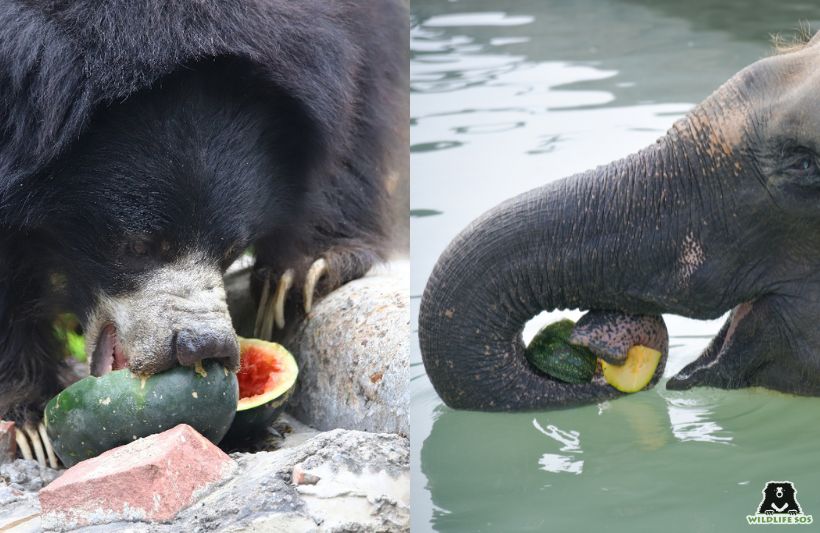
Wildlife SOS’s Tribal Rehabilitation Programme also addresses food security among the Kalandar families. By opening doors to sustainable livelihoods, Wildlife SOS is enabling families to guarantee food for the family through dignified means.
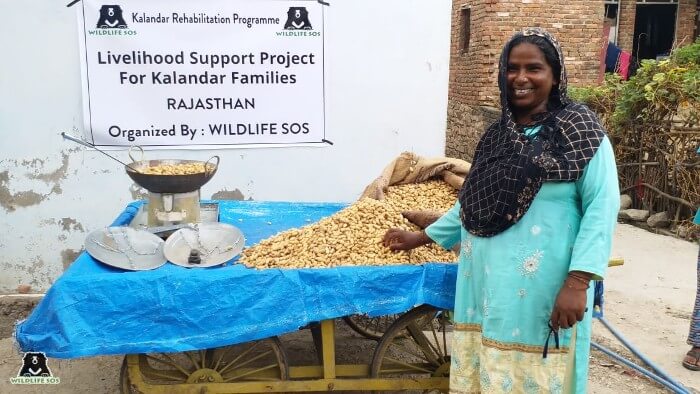
SDG 3: ‘Good Health and Well-being’
Pioneering Veterinary Excellence
Wildlife SOS has so far provided treatment to over 100 elephants for injuries, chronic wounds and joint issues. The organisation has also transformed elephant veterinary care in India through cutting-edge medical equipment and innovative technologies. Elephant Hospital Campus in Uttar Pradesh, established in 2018, is the 1st elephant hospital in India and is equipped with digital X-rays, laser therapy, hydrotherapy, and quarantine units.
Celebrating 5 Years Of India’s First Elephant Hospital
At the hospital, Bani, the young elephant left partially paralysed after being struck by a train, received intensive treatment including physiotherapy, hydrotherapy, Ayurveda, and even acupuncture, the first such procedure on an elephant in India. With dedicated care, she gradually was able to stand, and with time, she regained mobility by walking short distances. A special pair of boots for her hindlimbs has been designed to help her feel comfortable. Wildlife SOS also leads in veterinary research, publishing extensively and sharing valuable insights globally, advancing the field of wildlife medicine.
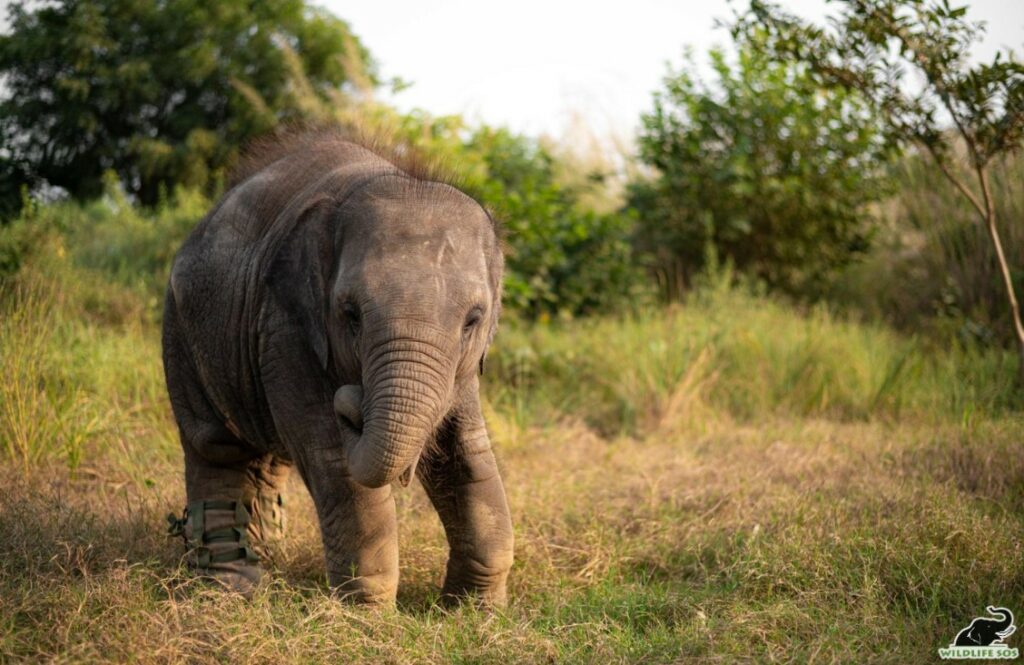
This high standard of care is maintained across Wildlife SOS’s four sloth bear centres as well, where rescued ursines undergo comprehensive veterinary treatment. Facilities include fully equipped laboratories, ultrasound machines, and operation theatres to address diverse medical needs. Each rescued bear arriving at our centre undergoes a 90-day quarantine period, during which detailed health assessments, disease screening, and vaccinations are given to ensure they are free from infections before being introduced to larger social enclosures. Their daily care routine, treatment and diet are also planned during this phase. This thorough and compassionate medical approach helps facilitate their healing and long-term well-being.
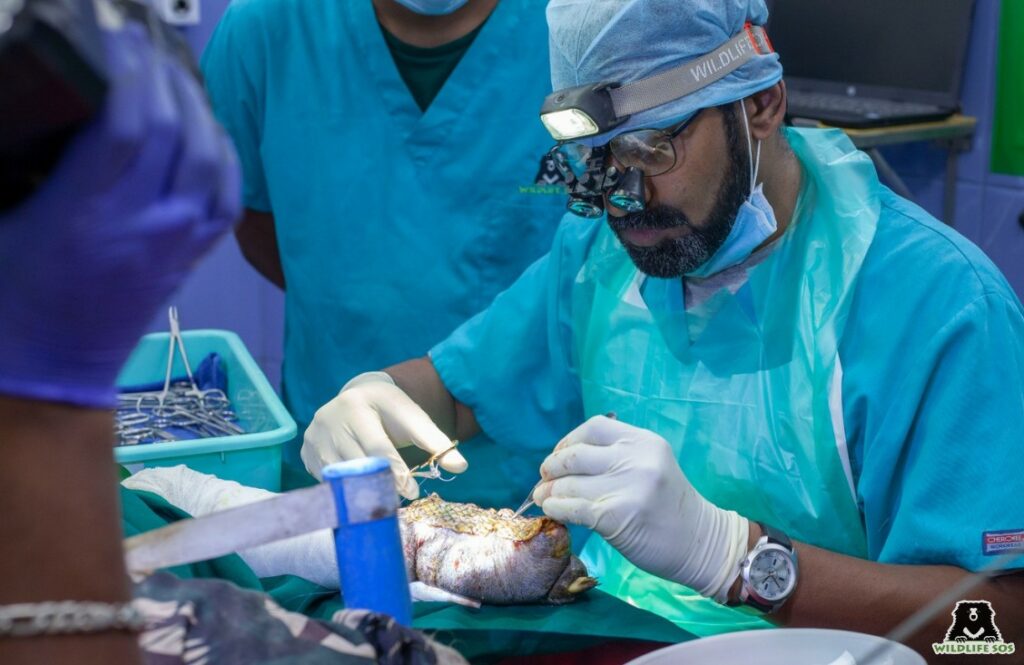
Health awareness programmes are also held among the Kalandar community, who earlier had no access to essential information on healthcare and sanitation. Through targeted workshops and education, families have gained an understanding of hygiene, nutrition, and disease prevention, bringing tangible improvements to community wellbeing.
SDG 4: ‘Quality Education’
Empowering Future Generations
Education is fundamental to the mission of Wildlife SOS. In the last 24 years, the organisation has supported the journey of over 17,000 Kalandar children by facilitating school admissions, paying fees, and providing essentials like books and uniforms.The Kalandar girls, who were never allowed to progress, now have access to tuition centres opened by Wildlife SOS to ensure that their education continues through academic support. This initiative has empowered over 5,000 Kalandar families, discouraging them from returning to exploitative practices.
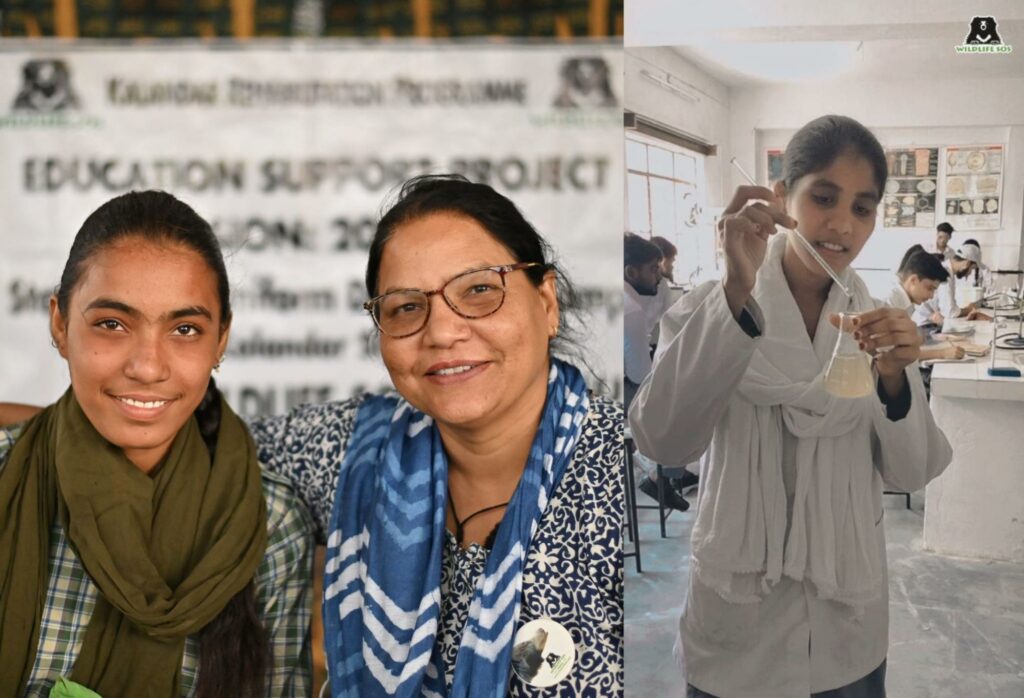
Additionally, the organisation has a team of Education Officers that actively conducts conservation awareness workshops with forest staff, veterinary students, local communities, and government officials nationwide. These sessions spread knowledge about wildlife, wildlife protection, human-wildlife conflict and coexistence, and sustainable practices, multiplying Wildlife SOS’s impact beyond the direct beneficiaries of its knowledge-oriented initiatives.
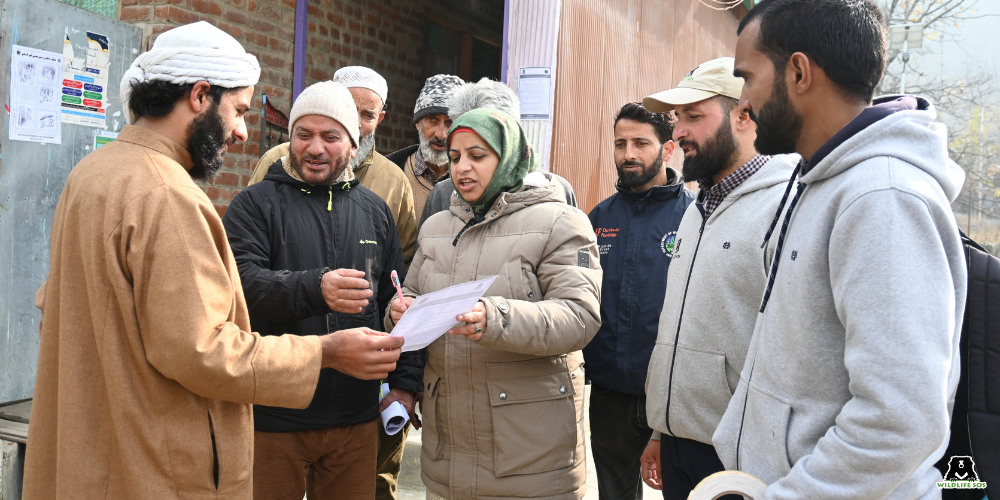
SDG 5: ‘Gender Equality’
Empowering Women Through Skill Training
Wildlife SOS has made significant progress in promoting gender equality within the Kalandar community by providing vocational training and seed funding to over 4,000 Kalandar women. At Wildlife SOS Sewing Training Centres for Kalandar women, skills to create products like embroidered bags, wall hangings, hand-stitched plush toys, scarves and many more are provided, helping them acquire financial stability. Women are being empowered to become the income earners of their family, enhancing their social status and decision-making power.
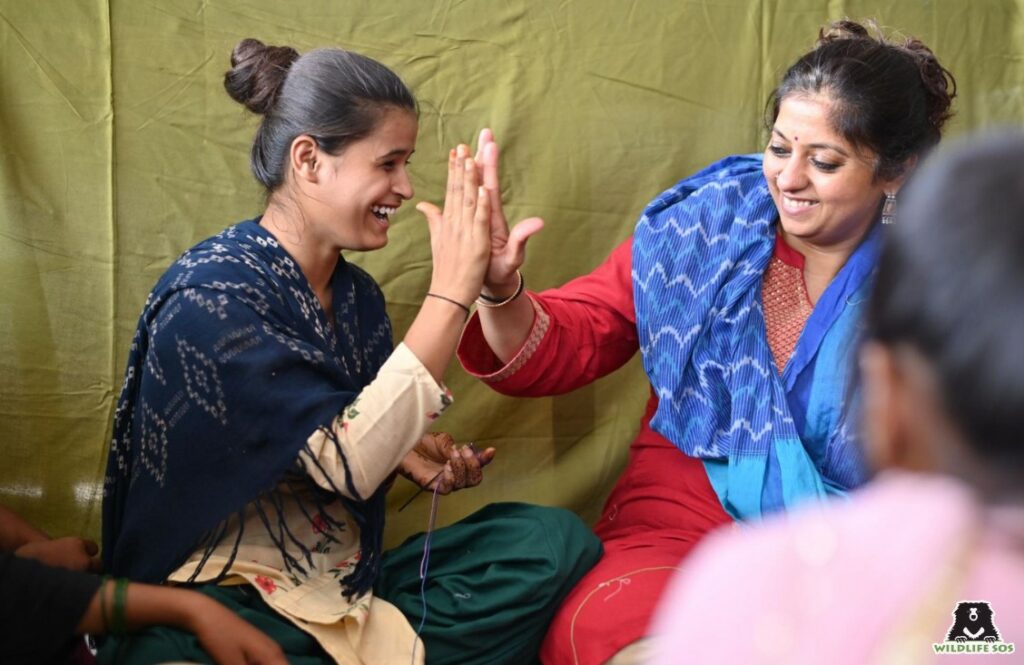
The organisation also encourages education for girls alongside boys, which is leading to a decline in child marriages as well. The Kalandar girls with ambitious goals for the future are pursuing higher studies that are being supported by Wildlife SOS Tuition Centres and sponsors of their education and well-being. This is not only ending the cycle of poverty and gender discrimination, but also inspiring many more families from the community to build a promising tomorrow for their children.
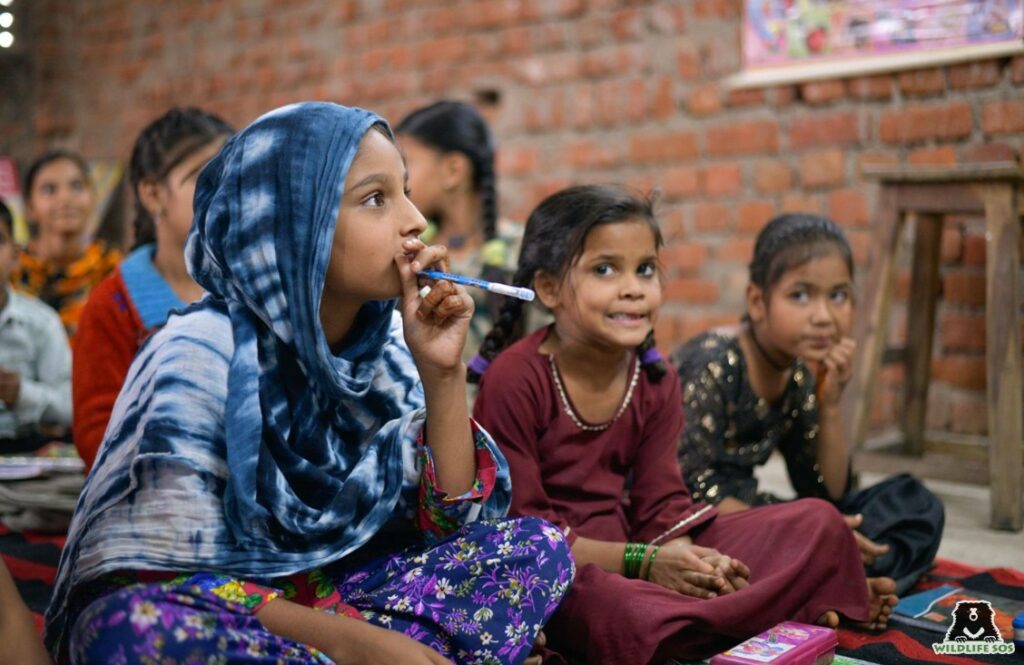
SDG 7: ‘Affordable and Clean Energy’
Leading by Example in Sustainability
Wildlife SOS demonstrates its commitment to clean energy through practical implementation across their facilities. The Bannerughatta Bear Rescue Centre (BBRC) stands proudly as the organisation’s first fully solar-powered facility. Solar panels not only power the entire sanctuary but also significantly reduce operational costs, creating a sustainable financial model for conservation work.
Beyond solar power, BBRC has embraced innovative clean energy solutions by using briquettes made from agricultural waste in the bear kitchens. These briquettes burn clean without producing smoke, significantly reducing dependency on fossil fuels and minimising air pollution. This sustainable approach demonstrates eco-friendly practices that promote cleaner cooking methods and efficient waste management.
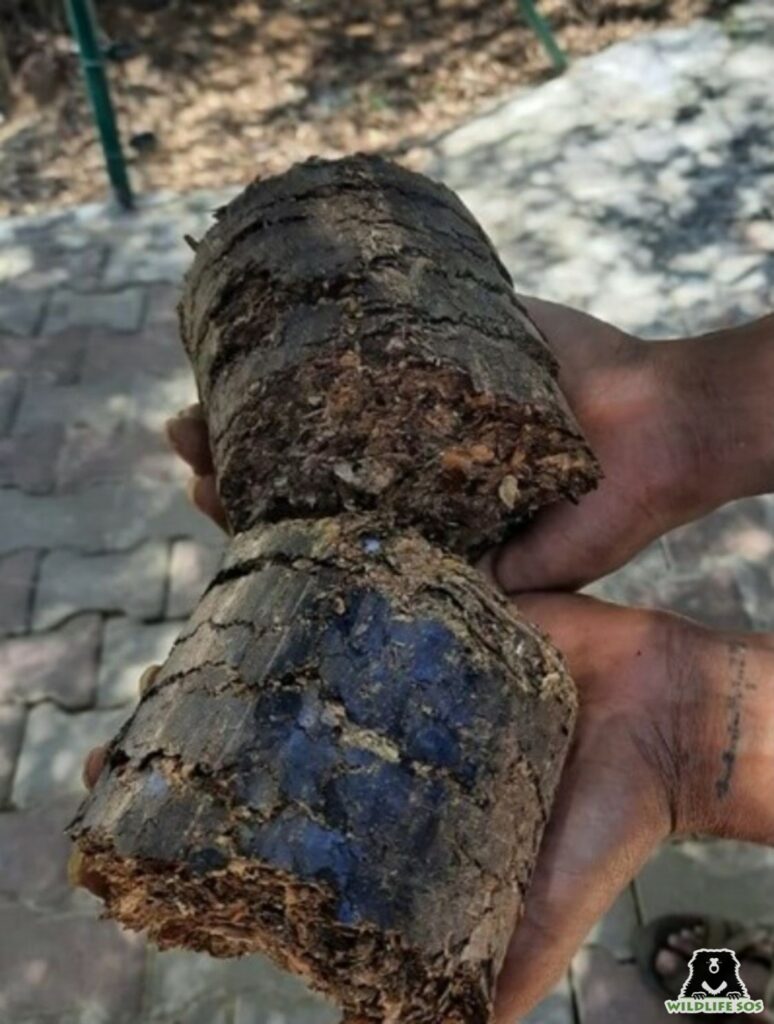
The organisation’s commitment to clean energy extends to their newest facilities, with solar installations being incorporated into the design of not just Karnataka’s Bannerughatta Bear Rescue Centre, but also the Elephant Conservation and Care Centre and Elephant Hospital Campus in Uttar Pradesh. These initiatives not only reduce carbon footprints, but also serve as demonstration projects for surrounding communities, showing how renewable energy can be practical and cost-effective.
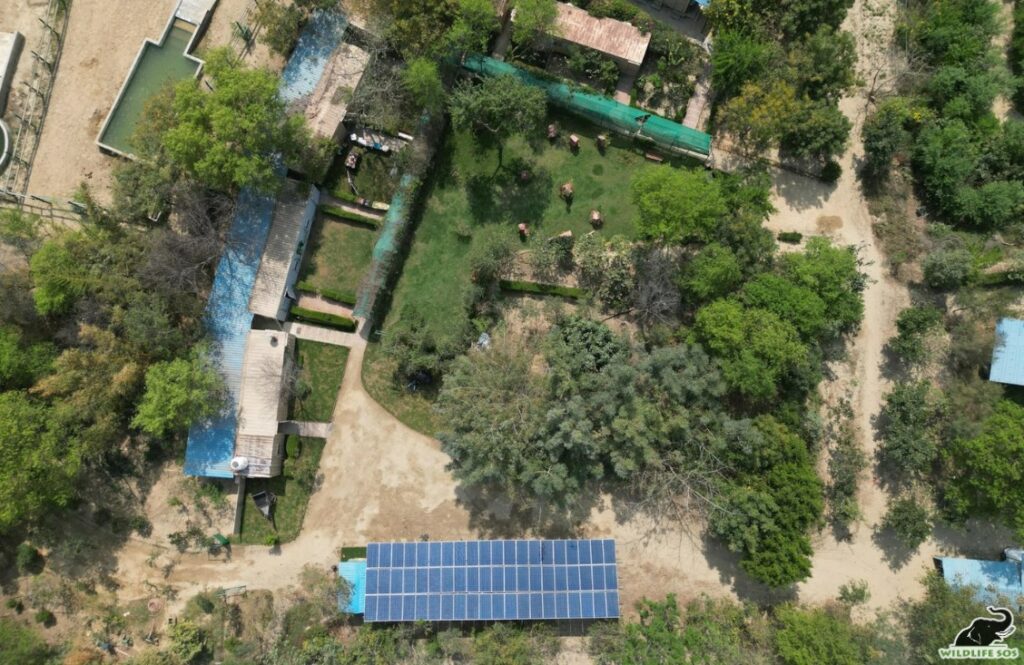
SDG 13: ‘Climate Action’
Restoring Ecosystems for Wildlife
One of the most effective and strategic ways to tackle human-induced climate change is by planting trees that are indigenous to the locality. Wildlife SOS’s Rewild for Wildlife project focuses on doing exactly that on a large scale. Its plantation efforts span across three key locations: Ramdurga Valley in Karnataka, and the Elephant Conservation and Care Centre and the Elephant Hospital Campus in Uttar Pradesh. These focussed drives recognise that trees are crucial to restore lost wildlife, and through carbon sequestration and soil erosion control, can create an ecosystem balance that controls climate change.
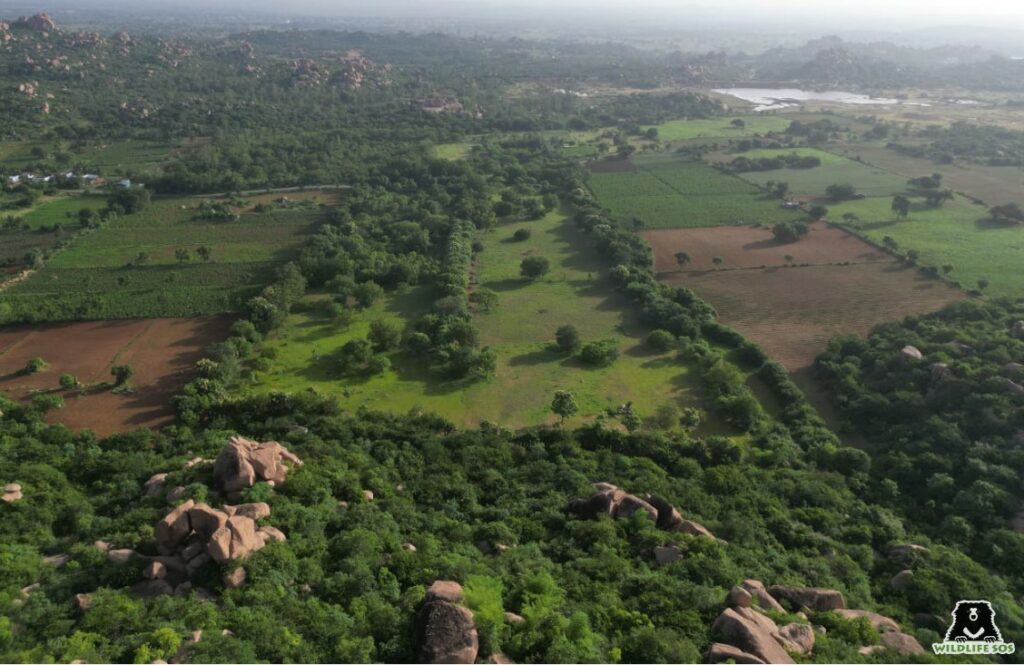
The Ramdurga Habitat Conservation Project represents Wildlife SOS’s most ambitious initiative to create suitable habitat and climate for animals and avians to make a comeback and repopulate the area. After acquiring over 50 acres of land near Ramdurga Valley and planting 10,000+ native trees, the organisation devoted two decades to create a sustainable habitat for wildlife. This land, previously left barren by illegal mining and deforestation, is now a forest that is being protected from anthropogenic activities and poaching by the apprised population of local people surrounding the area.
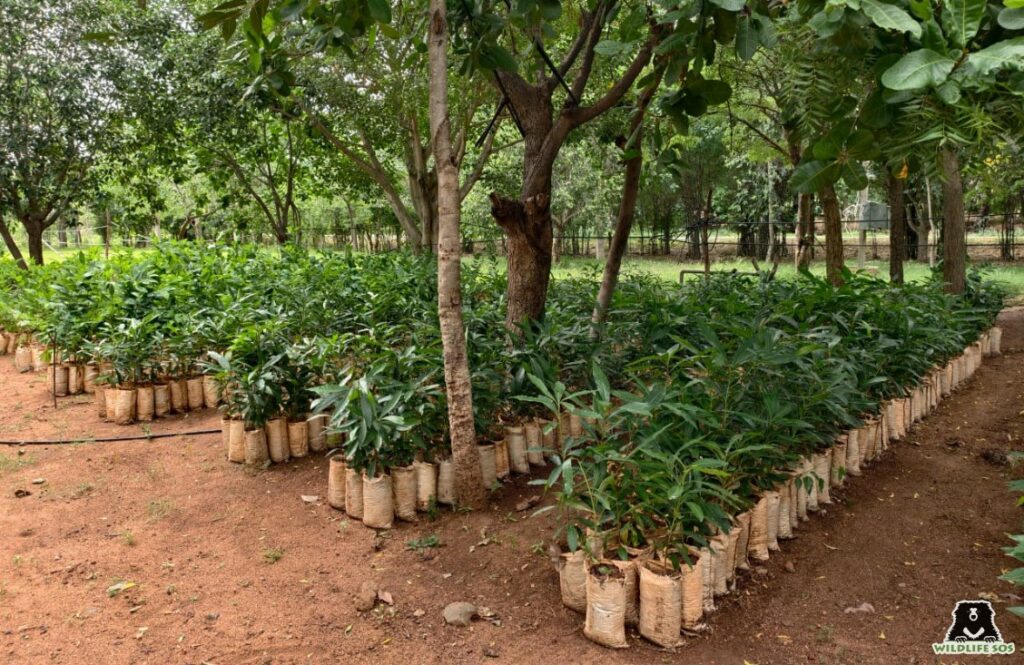
Tatrauta, a village close to Elephant Conservation and Care Centre, has also been identified as a site that requires reforestation to support wildlife. Over 80,000 saplings of native plant species have been planted here between 2024–25. Indigenous species restore ecological balance, and so, an addition of 500 saplings was planted at Elephant Conservation and Care Centre, and at the Elephant Hospital Campus, over 3,000 were laid out.
To promote the significance of trees that are being ruthlessly cut for human conveniences, Wildlife SOS also conducts events involving seed ball making and conducts awareness programmes to engage students, corporates and communities. These initiatives demonstrate how individual actions can contribute to larger climate goals, inspiring participants to become environmental stewards in their own communities.
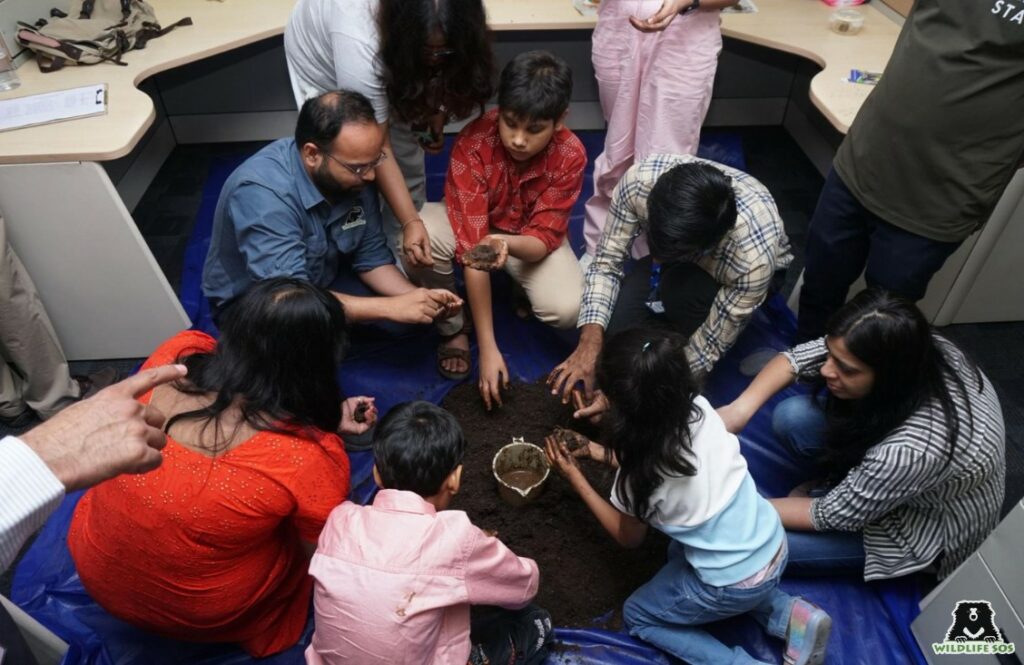
SDG 15: ‘Life on Land’
24×7 Guardians of Wildlife
Wildlife SOS operates one of India’s most comprehensive wildlife rescue networks, with 24-hour helplines operating across four regions: Delhi NCR, Uttar Pradesh, Gujarat, and Jammu & Kashmir. The Rapid Response Unit, operational since 1998, now handles nearly 1000+ rescue calls monthly, representing a frontline defence for wildlife in distress.
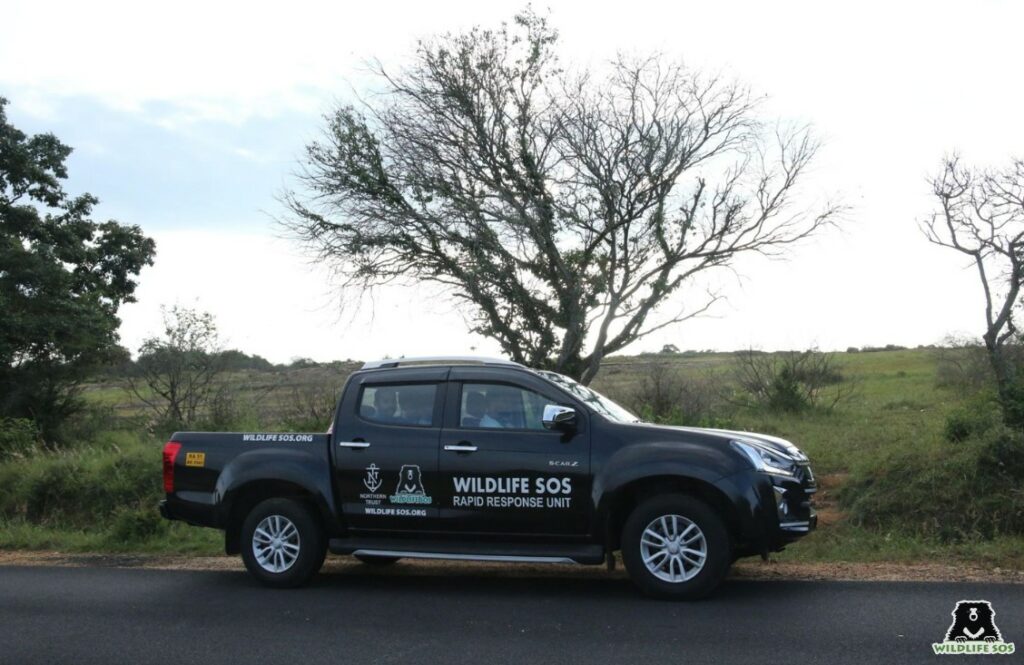
The organisation’s rescue operations span an incredible diversity of species and situations. Some of the rescues made include monkeys trapped in urban areas, jackals injured by vehicles, snakes found in homes, monitor lizards stuck in wells, deer caught in fencing, and dehydrated birds with various injuries. Each rescue call received reflects awareness among locals, and helps us give the concerned animal a second chance at life.
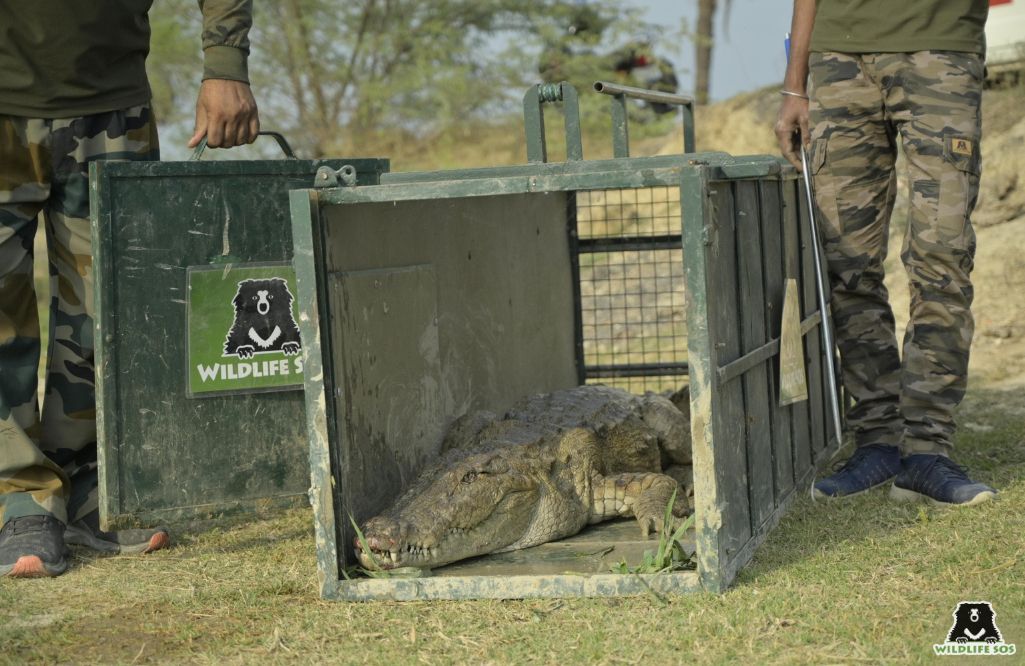
Wildlife SOS’s approach to rescues goes beyond immediate intervention. Animals are medically examined as part of the rescue protocol, and receive comprehensive treatment when needed. Once declared fit by our expert veterinarians, they are successfully released back into suitable habitats. However, in those cases when they are unable to return to the wild, the forest department assigns the responsibility of long-term care at Wildlife SOS facilities, where the environment is designed to maximise their welfare and natural behaviours.
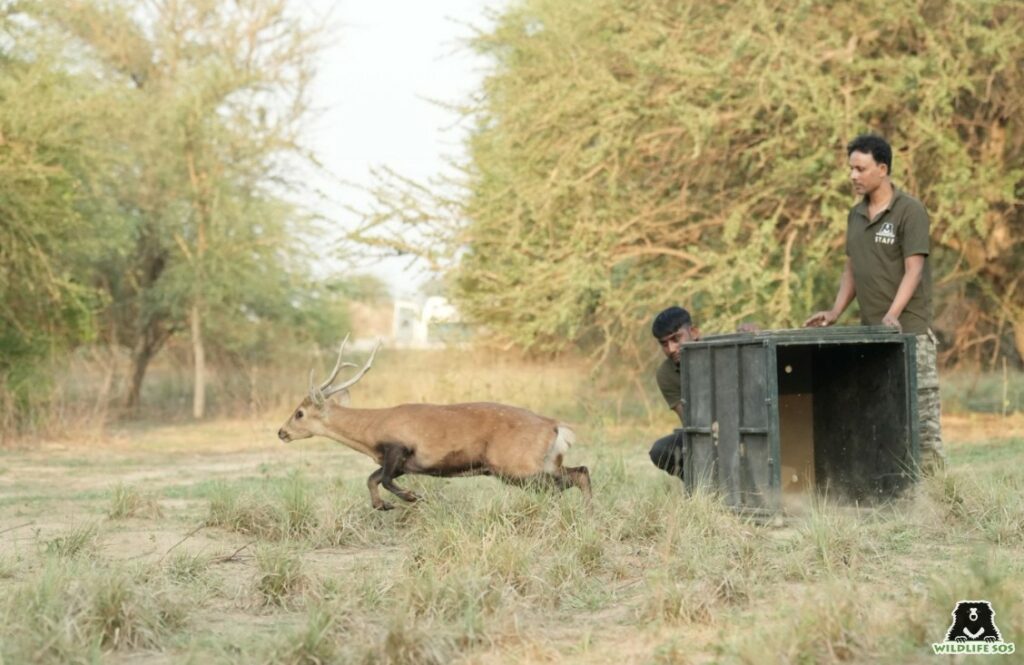
The organisation’s rescue network has been instrumental in combating wildlife trafficking. Working closely with enforcement agencies, Wildlife SOS has intercepted numerous illegal shipments of wildlife and has prevented trafficking, directly contributing to the protection of endangered species.
SDG 16: ‘Peace, Justice and Strong Institutions’
Research for Informed Decision-Making
Wildlife SOS has undertaken extensive research of India’s understudied species, the sloth bear, contributing significantly to knowledge of its behaviour, habitat and patterns of movement. Using advanced technologies like radio-collaring enabled with GPS and VHF, and camera trapping, data has been collated on bears. We have also initiated early warning systems in areas prone to human-elephant conflict as well. The organisation promotes informed, evidence-based decision making in wildlife conservation and advocacy work. After careful analysis and study, Wildlife SOS continues to publish multiple research compendiums featuring peer-reviewed articles, technical reports, and symposium abstracts that advance scientific understanding of wildlife conservation.
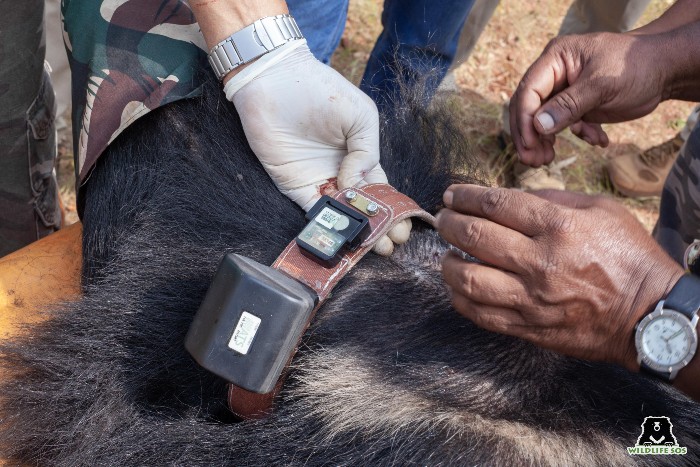
Research studies cover diverse areas including wildlife veterinary medicine, animal behaviour, conservation strategies, and human-wildlife conflict mitigation. This scientific foundation provides crucial data for policy makers, forest departments, and conservation organisations worldwide. Wildlife SOS veterinarians have presented their findings at international conferences, contributing to global knowledge bases that inform conservation practices.
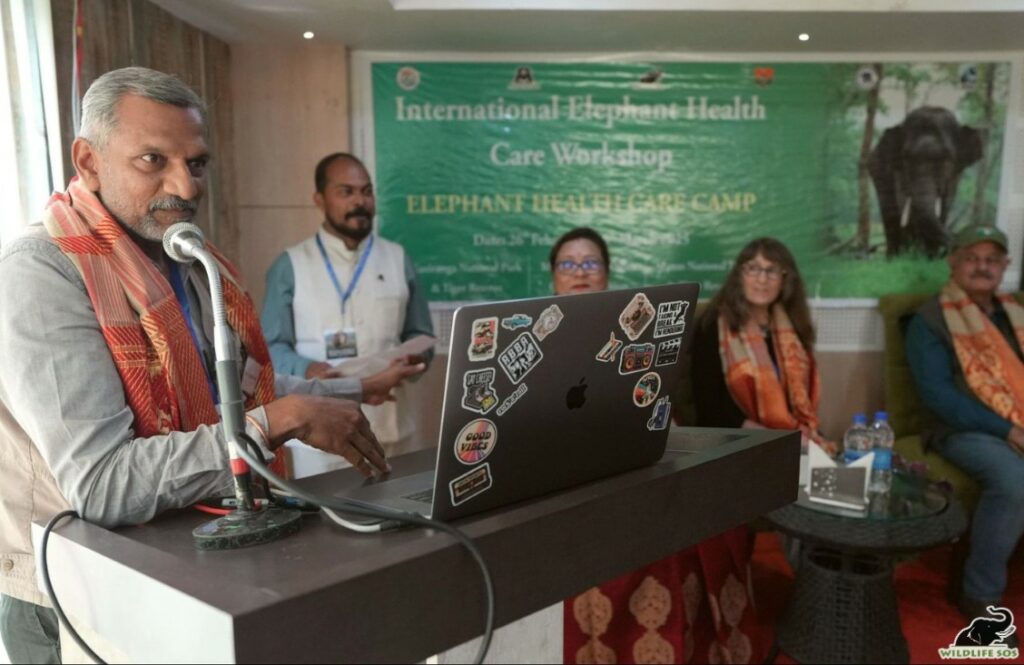
The organisation’s commitment to justice for wildlife is evident in the advocacy for stronger enforcement of wildlife protection laws. By documenting cases of wildlife abuse, providing evidence for prosecutions, and supporting enforcement agencies with technical expertise, Wildlife SOS helps ensure that wildlife criminals face justice and that a strong push is given to establish deterrents against future violations.
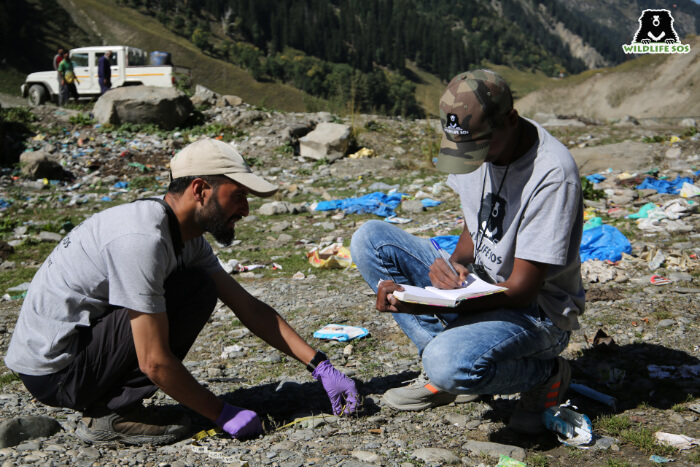
Research promotes peaceful coexistence between humans and wildlife. Studies on human-animal conflict, community-based conservation approaches, and sustainable livelihood alternatives provide frameworks for reducing tensions and building harmonious relationships between communities and wildlife populations.
SDG 17: ‘Partnerships for the Goals’
Collaboration for Conservation
Wildlife SOS exemplifies the power of partnerships in achieving sustainable development goals. The organisation collaborates with numerous international partners. These partnerships provide crucial funding, technical expertise, and global advocacy support for conservation initiatives.
Wildlife SOS also works closely with state forest departments, government agencies, and local communities. The rescue centres operate under formal agreements with state governments, ensuring legal frameworks in operations. To build institutional capacity for wildlife protection, forest officials are often invited to undergo knowledge and training sessions regarding local wildlife and methods to mitigate conflict and crime situations.
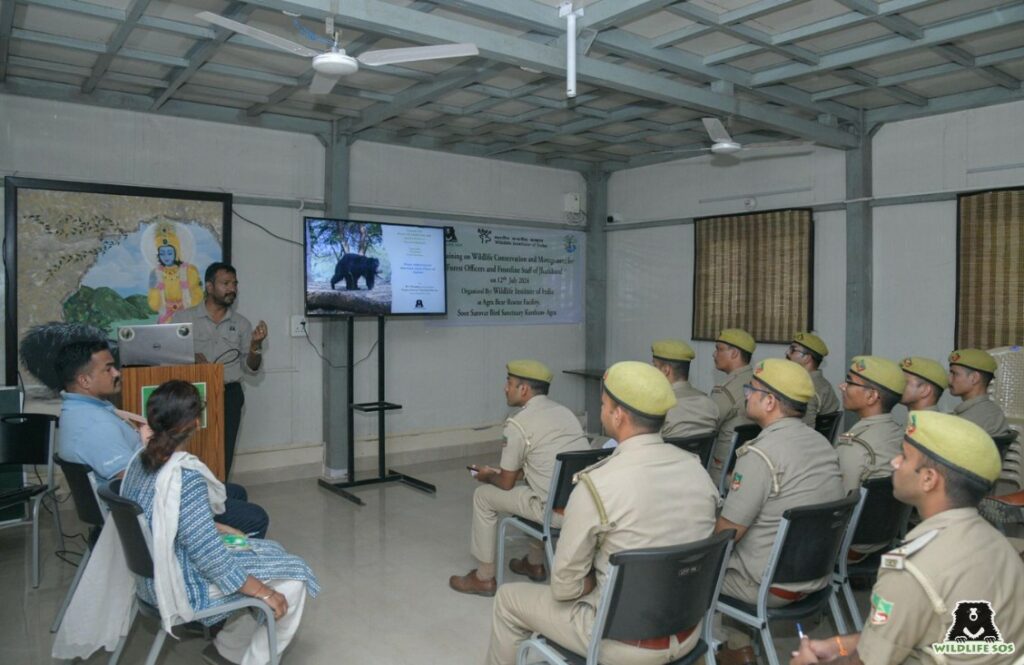
The organisation’s partnership model extends to corporate social responsibility (CSR) collaborations with major companies such as Wipro, HSBC, Google, Atlassian, Titan, Infosys, Western Digital, Samsara, JP Morgan & Chase, Morgan Stanley and more. Wildlife SOS also partners with leading research institutions like the Indian Veterinary Research Institute, Wildlife Institute of India and Indian Institute of Sciences, along with international conservation networks. These diverse partnerships create multiplier effects, amplifying Wildlife SOS’s impact far beyond their direct operations.
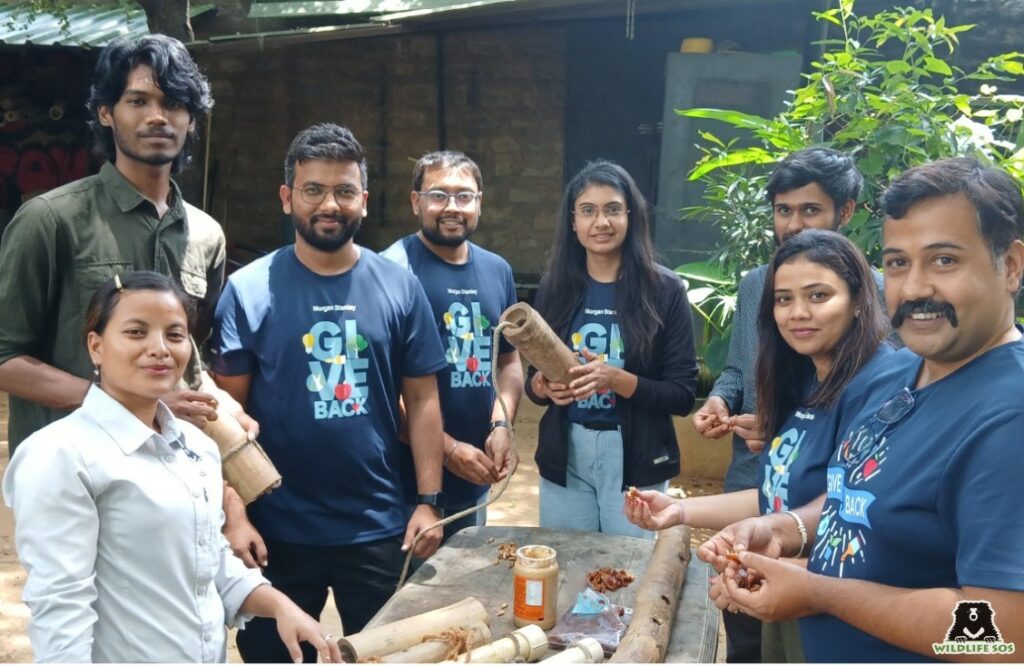
Wildlife SOS recognises that achieving SDGs requires active participation from individuals and communities. Over the last 30 years since our organisation was founded, we have been providing multiple pathways for public engagement, from volunteering opportunities and educational visits to sponsorship programmes and advocacy campaigns.
You too can join our green mission! By visiting, volunteering, sponsoring an animal or making a donation, you can support our mission to create educational and essential awareness among people about wildlife. To know more about how to get involved, write to us at info@wildlifesos.org
Feature Image: Suryoday Singh Mann/ Wildlife SOS

